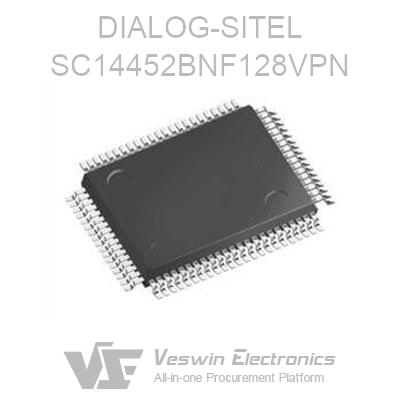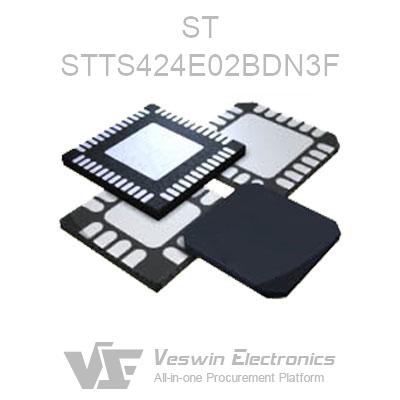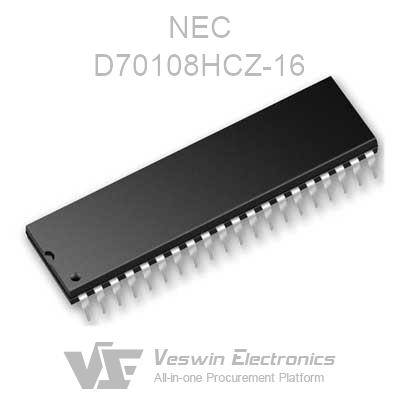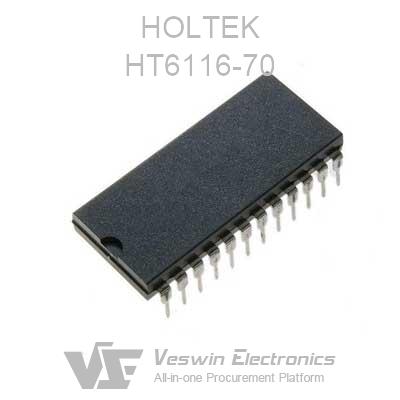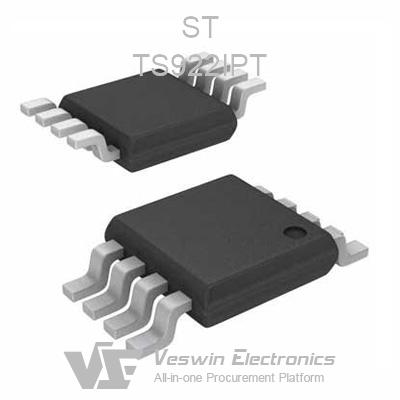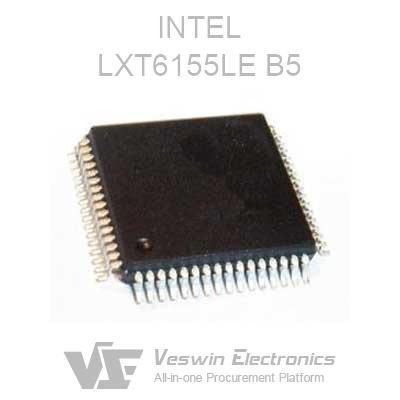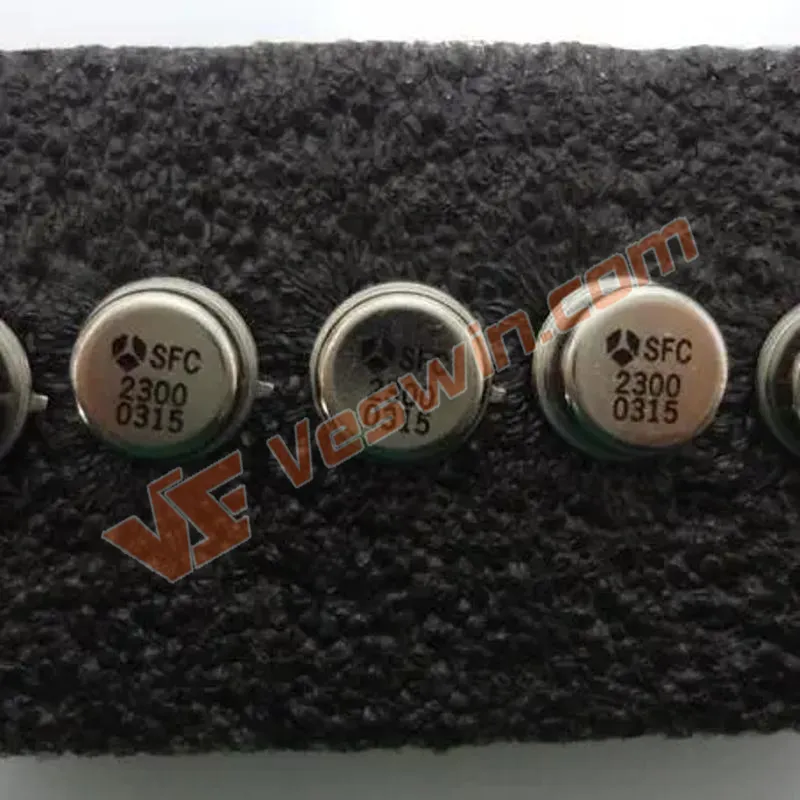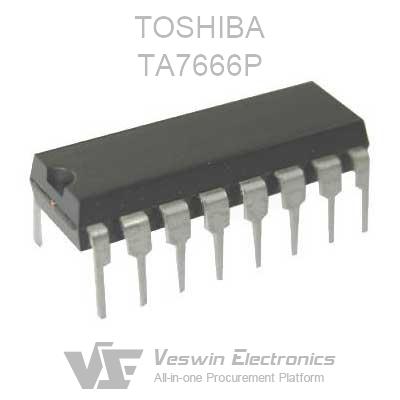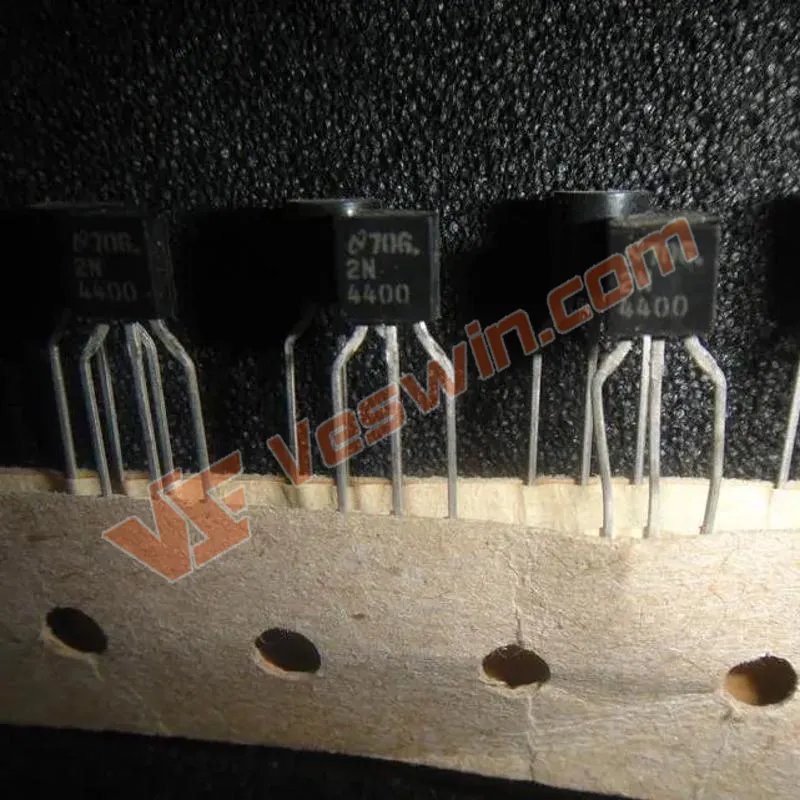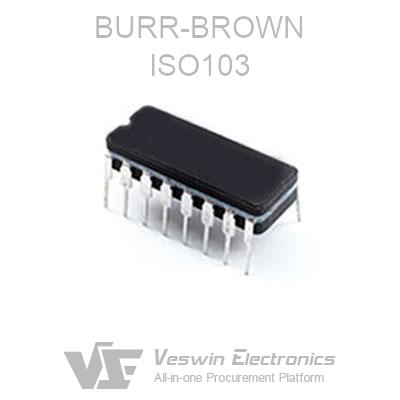As an applications engineer, I am often asked about no-load operation of a voltage regulator. Most modern LDOs and switching regulators are stable under no-load conditions, so why should people ask again? In this article, we will make it clear the working principle of voltage regulator and answer the question "Can the voltage regulator work stably under no-load conditions?" let's move on.
1. The working principle of the regulator is the use of circuit voltage regulation and control of the circuit to enter the control of the current, generally in the voltage input changes, the regulator will be through the control circuit to sample the comparison, in the drive servo motor rotation, so as to change the regulator carbon brush position, through automatic adjustment of the coil, so that the output voltage is more stable, so that appliances can be in the case of voltage instability normal use.
2. The initial power regulator is to rely on the jumping of the relay to stabilize the voltage. When the grid voltage fluctuations, the power regulator's automatic correction circuit starts, so that the internal relay action. Forced to maintain the output voltage near the set value, the advantage of this circuit is the circuit is simple, the disadvantage is that the voltage stabilization accuracy is not high and each relay jump shift, the power supply will be a transient interruption and spark interference.
3. Voltage regulator is also essential in life. Unstable voltage can cause fatal injury or misoperation of equipment, affecting production, causing delays in delivery, unstable quality and other aspects of loss. At the same time accelerate the aging of equipment, affecting the service life or even burn accessories, so that owners face the need to repair the trouble or a short period of time to update the equipment, a waste of resources; serious cases and even safety accidents, causing incalculable losses.
Some older power devices require minimal loading for stability because one of the electrodes that must be compensated is affected by the effective load resistance. For example, Figure A shows that the LM1117 requires at least 1.7 mA of load current (5 mA maximum).
Figure A: lm1117 minimum load current specification
Most new devices operate without load, with very few exceptions to this rule. Several design techniques allow the LDO to remain stable with any output capacitor (especially low ESR capacitors), and they are also used to guarantee device stability under no-load conditions.
For the few modern devices that require a load, this limitation is generally due to leakage current through the pass element rather than stability reasons. So how do you tell? See the data sheet. If the device requires a minimum load, the data sheet must have some information.
The ADP1740 and other low-voltage, high-current LDOs fall into this category. In the worst case, the integrated power switch generates leakage currents of about 100 µA (85°C) and 500 µA (125°C). With no load, the leakage current charges the output capacitor until the VDS of the switch is low enough to reduce the leakage current to a negligible level while increasing the no-load output voltage. The datasheet states that a load of at least 500 µA is required, so an emulated load is recommended if the device is to be operated at high temperatures. This load is less than the device's rating of 2 A. Figure B shows the minimum load current specifications listed in the ADP1740 datasheet.
Figure B: ADP1740 Minimum Load Current Specifications
What should I do if the minimum load is not specified in the datasheet? In most cases, there is no minimum load required. Although it may sound unconvincing, if a minimum load is required, the data sheet will certainly provide such information. However, confusion often ensues because data sheets often use charts to show the specifications for a given operating range. Most of these charts are in logarithmic form, which allows them to show a range of loads over several decades, but the logarithmic scale cannot be changed to zero.
Figure C shows the output voltage of the ADM7160 over the 10 µA to 200 mA range, as well as the ground and load currents. Other graphs, such as ground current vs. input voltage, show measurements at multiple load currents, but do not show data when the current is zero.
Figure C. ADM7160 output voltage and ground and load currents
In addition, parameters such as PSRR, supply voltage regulation ratio, load regulation, and noise specify a certain load current range that does not include zero, as shown in Figure D. However, this in no way implies that a minimum load is required.
Figure D. ADM7160 load regulation
You tend to be concerned about regulator operation at light loads if you use a switching regulator with power saving mode (PSM), because PSM reduces the operating frequency, pulses, provides pulse clusters, or some combination of these conditions. At light loads, PSM will reduce power consumption and improve efficiency. The disadvantage is that the output ripple increases significantly, but the device remains stable and can easily operate at no load.
As shown in Figure E, the ADP2370 high voltage, low quiescent current buck regulator generates more ripple due to PSM operation when the load is switched between 800 mA and 1 mA. The fact that the test was done at 1 mA does not mean that 1 mA is the minimum load.
Figure E. ADP2370 load transient in power save mode
Figure F shows the ripple voltage as the load current varies. In this example, the ripple voltage shown in the graph drops all the way to zero, indicating that the load can be zero and that the noise at no load is no worse than at a current of 1 mA or 10 mA.
Figure F. ADP2370 output ripple versus load current
Most modern voltage regulators are capable of stable operation at zero load current; if in doubt, refer to the datasheet.
Nevertheless, note that logarithmic charts cannot be zeroed, and tests are not always performed at zero load current, so you should not infer that the regulator will not operate properly at no load, even though no load data is shown. When using switching regulators, ripple in power saving mode is normal and does not imply instability.
Hot News
